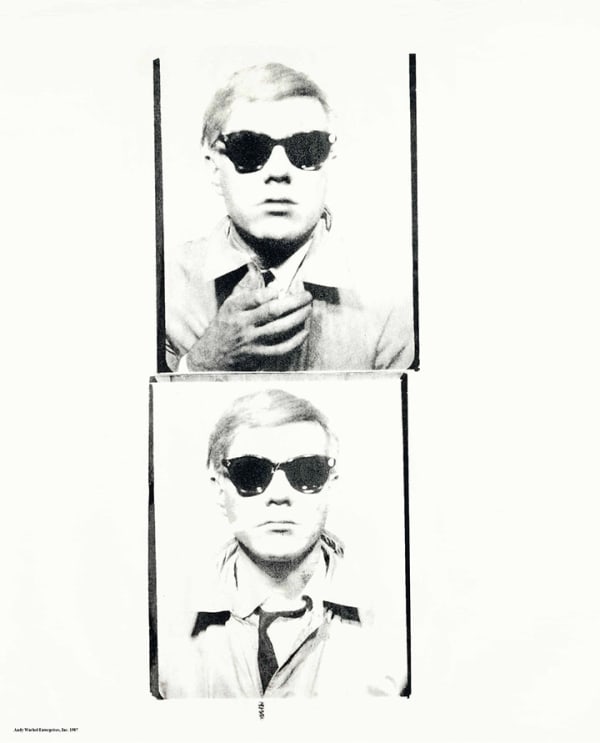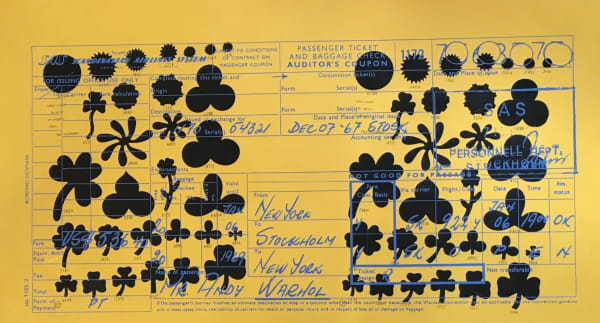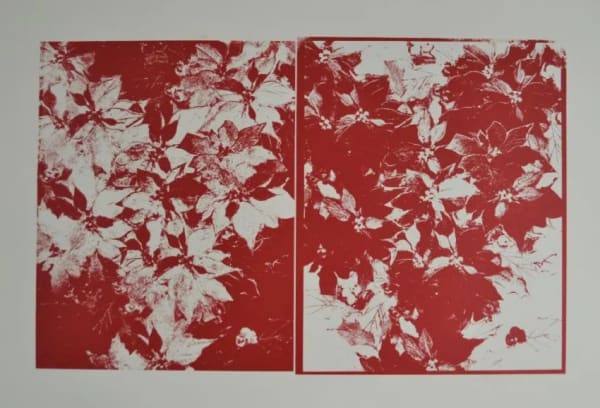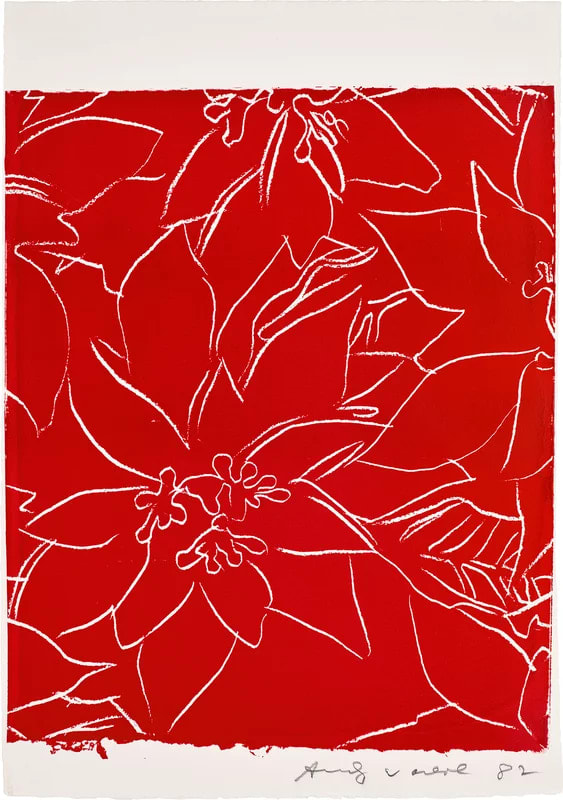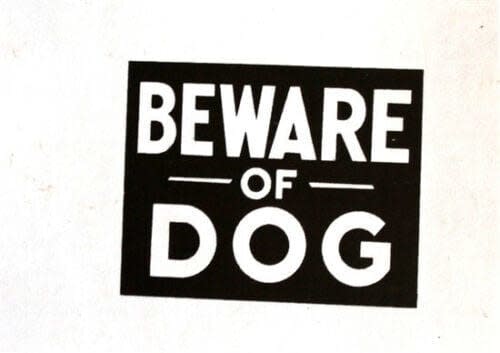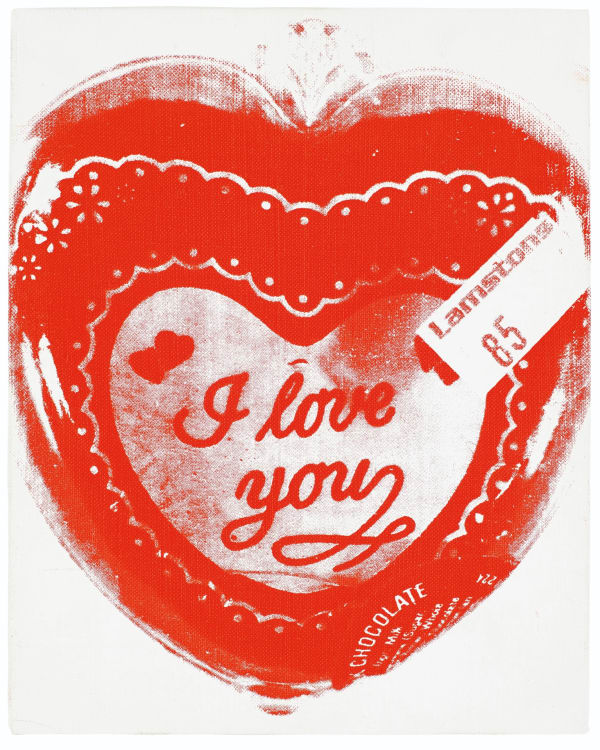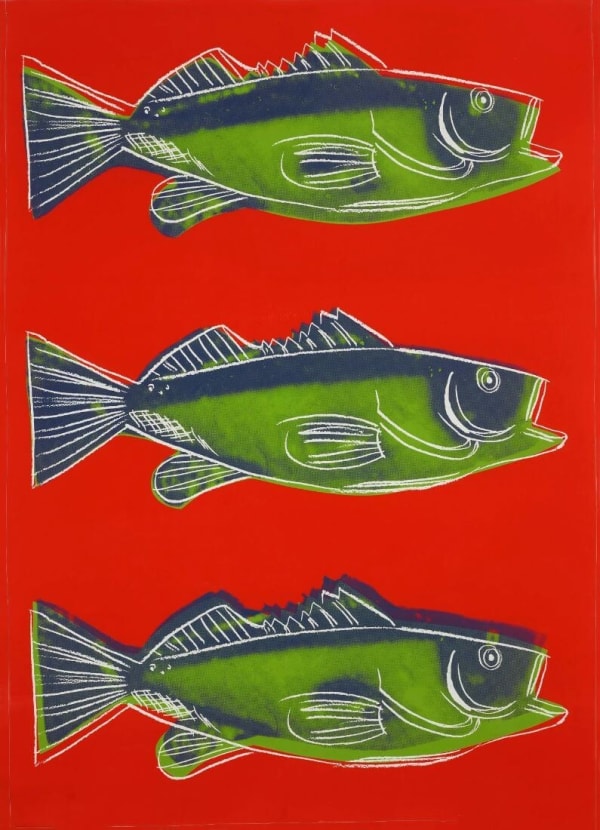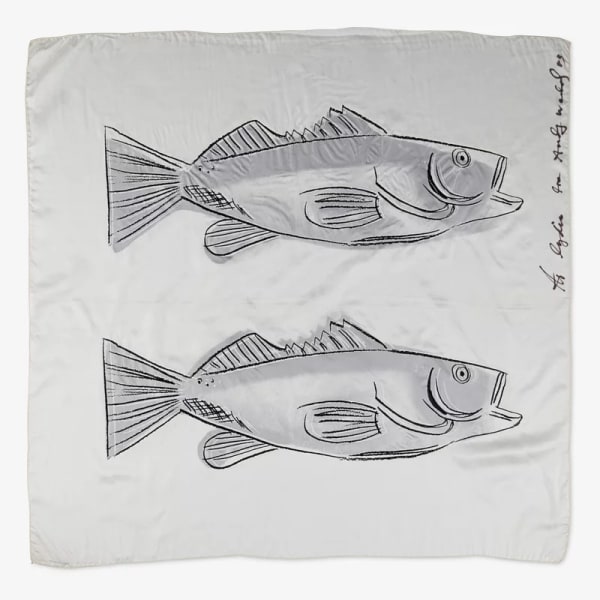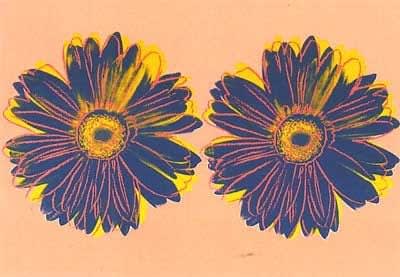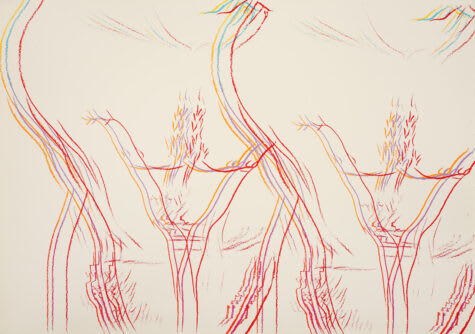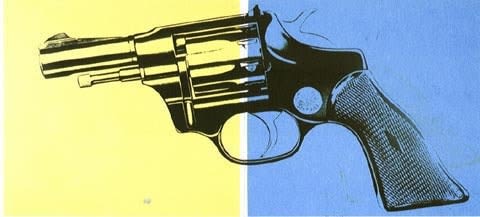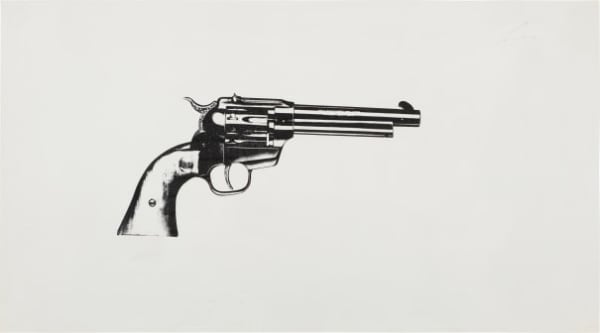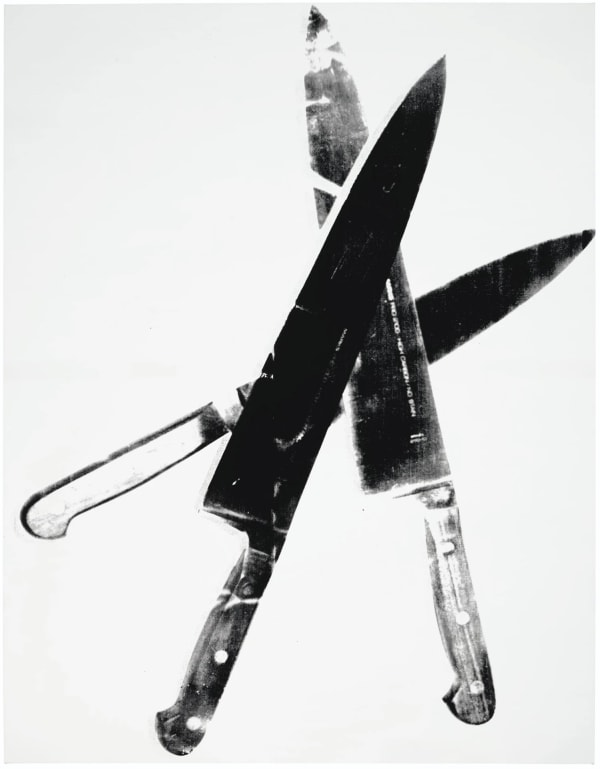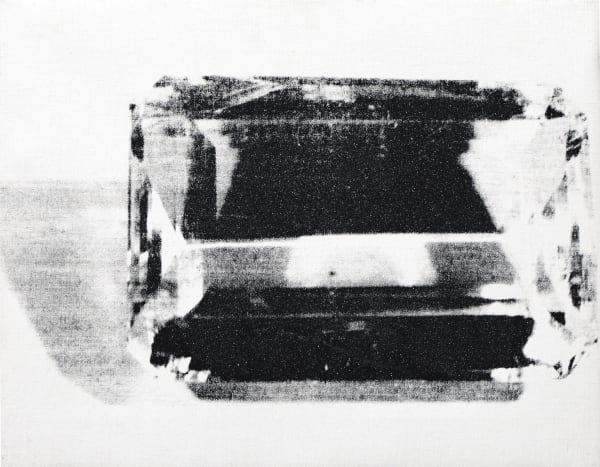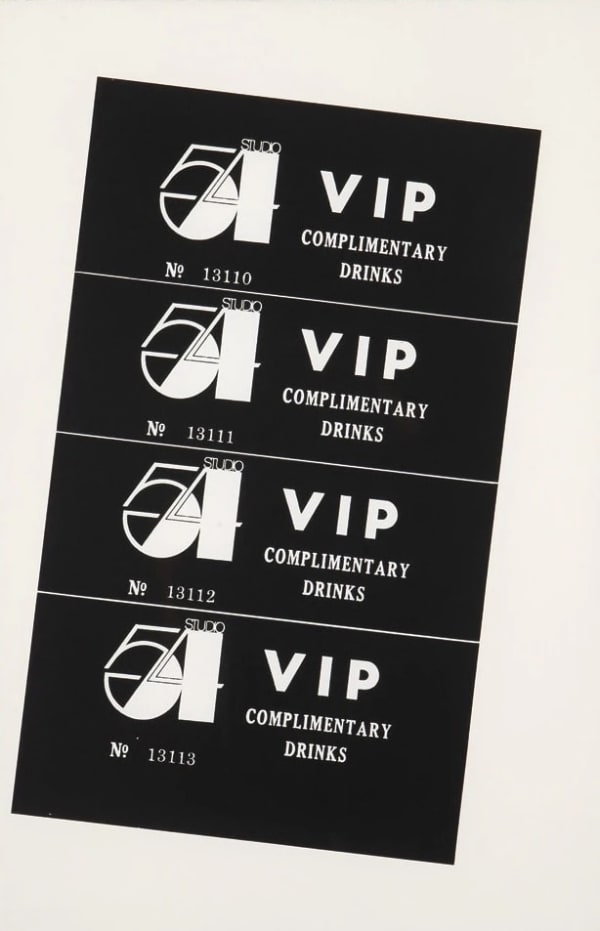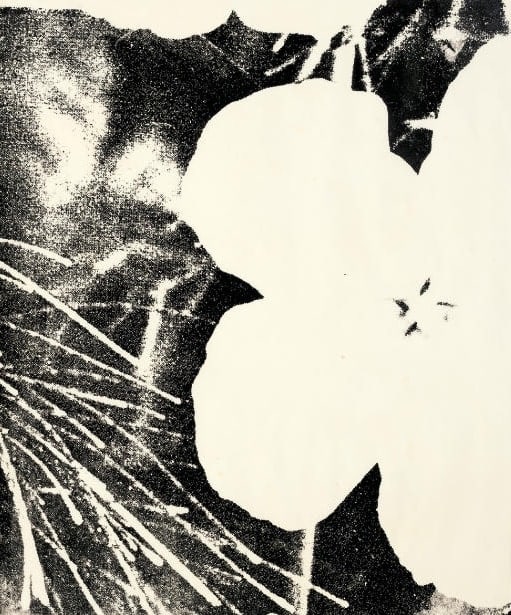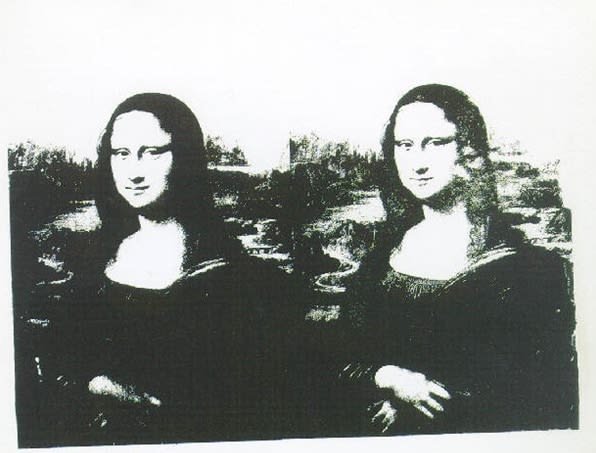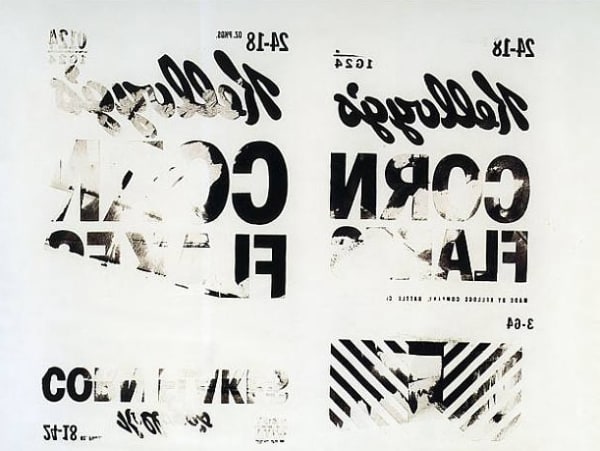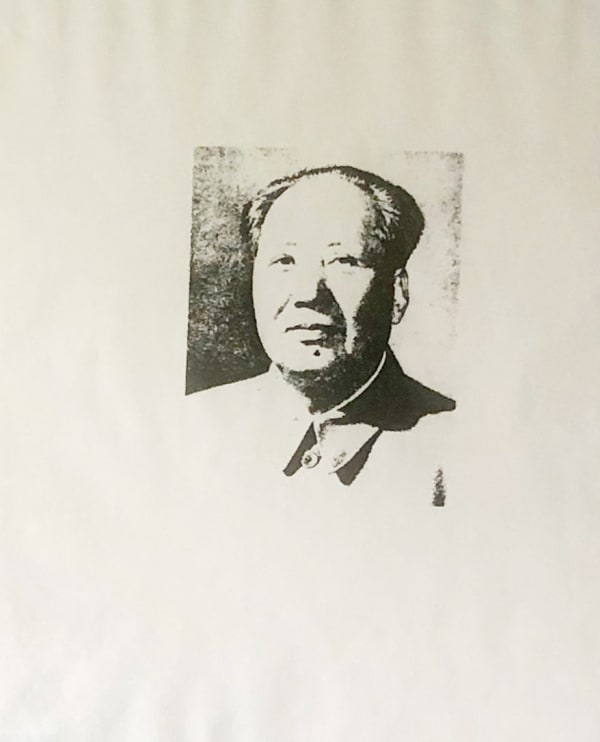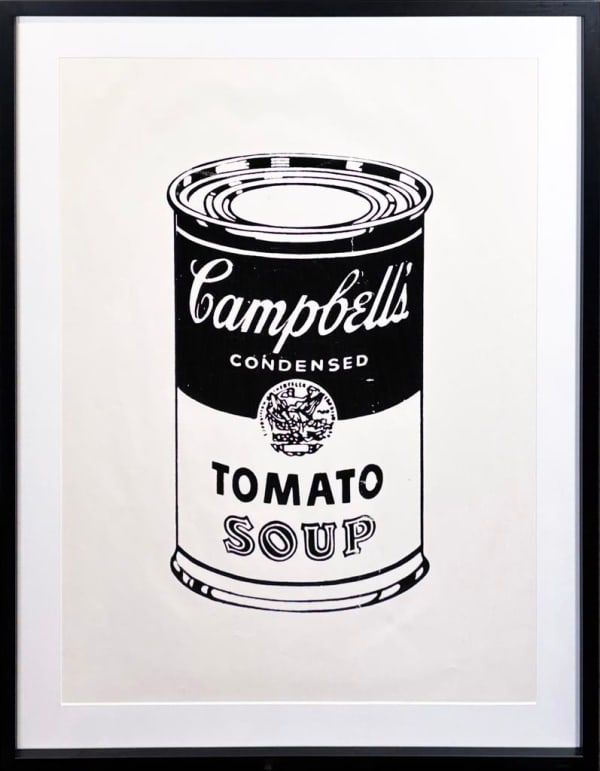
Andy Warhol
76.2 x 109.2 cm
Andy Warhol’s Car Crash (1978) is a haunting exploration of mortality, trauma, and the darker side of modern life. Part of his *Death and Disaster* series, this work takes a stark, unsparing look at tragedy through the lens of pop culture and media saturation. Warhol appropriates an image of a violent car crash, repeating and manipulating it on canvas, creating a work that feels both distant and intimately unsettling. The repetition of the crash image serves to desensitize and yet confront the viewer, capturing how images of death and violence become almost mundane in a media-driven society. Through this repetitive approach, Warhol reflects on the desensitizing power of media, as tragedy is often consumed and quickly forgotten.
Warhol’s technique in Car Crash emphasizes the tension between glamour and tragedy, with his use of screen printing intensifying the blurred, fragmented quality of the image. The monochromatic tones lend a somber and ghostly atmosphere, drawing viewers into an unsettling contemplation of the scene. The image, though static, seems alive with movement, evoking both the moment of the accident and the lingering aftermath. The work’s contrast between the mundane and the macabre reflects Warhol’s commentary on society’s fascination with and distance from real human suffering.
Car Crash is emblematic of Warhol’s complex relationship with celebrity, consumer culture, and mortality. The work acts as a meditation on death in an era where life and death events are routinely commodified, packaged, and sold. By framing this violent scene as a repeated image, Warhol explores the idea of celebrity itself, suggesting that fame and tragedy are interwoven in contemporary culture. This association between catastrophe and celebrity life underscores Warhol's fascination with the ephemeral nature of fame and the human cost behind the glossy surface of pop culture.
Through Car Crash, Warhol invites viewers to confront their own reactions to disaster and media spectacle. The work challenges us to examine our collective desensitization, urging a closer look at the pervasive nature of violence in popular media and its effect on our humanity. In *Car Crash* (1978), Warhol turns tragedy into art, not to glorify it, but to hold a mirror to society’s passive consumption of disaster and to probe the unsettling realities beneath a surface of familiarity.
-
 Andy WarholSelf-Portrait F.S. IIIA 10, 1978
Andy WarholSelf-Portrait F.S. IIIA 10, 1978 -
 Andy WarholSAS Passenger Ticket, 1968
Andy WarholSAS Passenger Ticket, 1968 -
 Andy WarholPoinsettias F.S. IIIA 52 , 1983
Andy WarholPoinsettias F.S. IIIA 52 , 1983 -
 Andy WarholPoinsettias F.S. IIIA 51, 1983
Andy WarholPoinsettias F.S. IIIA 51, 1983 -
 Andy WarholPoinsettias F.S. IIIA 50, 1983
Andy WarholPoinsettias F.S. IIIA 50, 1983 -
 Andy WarholBeware Of Dog F.S. IIIA 48, 1983
Andy WarholBeware Of Dog F.S. IIIA 48, 1983 -
 Andy WarholCaution Remove Or Bend Over Projecting Nails F.S. IIIA 47 , 1983
Andy WarholCaution Remove Or Bend Over Projecting Nails F.S. IIIA 47 , 1983 -
 Andy WarholNew York Post (Judge Blasts Lynch) F.S. IIIA 46, 1983
Andy WarholNew York Post (Judge Blasts Lynch) F.S. IIIA 46, 1983 -
 Andy WarholCandy Box (Closed and Open) F.S. IIIA 45 , 1983
Andy WarholCandy Box (Closed and Open) F.S. IIIA 45 , 1983 -
 Andy WarholCandy Box (Lamston's 85 (Cents) F.S. IIIA 44, 1983
Andy WarholCandy Box (Lamston's 85 (Cents) F.S. IIIA 44, 1983 -
 Andy WarholCandy Box (Open) F.S. IIIA 42 , 1983
Andy WarholCandy Box (Open) F.S. IIIA 42 , 1983 -
 Andy WarholCandy Box (Closed) F.S. IIIA 42 , 1983
Andy WarholCandy Box (Closed) F.S. IIIA 42 , 1983 -
 Andy WarholCandy Box (Closed) F.S. IIIA 42 , 1983
Andy WarholCandy Box (Closed) F.S. IIIA 42 , 1983 -
 Andy WarholFish F.S. IIIA 41, 1983
Andy WarholFish F.S. IIIA 41, 1983 -
 Andy WarholFish F.S. IIIA 40, 1983
Andy WarholFish F.S. IIIA 40, 1983 -
 Andy WarholDaisy F.S. IIIA 38, 1982
Andy WarholDaisy F.S. IIIA 38, 1982 -
 Andy WarholDaisy F.S. IIIA 38, 1982
Andy WarholDaisy F.S. IIIA 38, 1982 -
 Andy WarholFlower For Tacoma Dome F.S. IIIA 37, 1982
Andy WarholFlower For Tacoma Dome F.S. IIIA 37, 1982 -
 Andy WarholTorso (Double) F.S. IIIA 35 , 1982
Andy WarholTorso (Double) F.S. IIIA 35 , 1982 -
 Andy WarholTorso (Double) F.S. IIIA 35 , 1982
Andy WarholTorso (Double) F.S. IIIA 35 , 1982 -
 Andy WarholGun F.S. IIIA 34 (A), 1982
Andy WarholGun F.S. IIIA 34 (A), 1982 -
 Andy WarholGun F.S. IIIA 34 (B) , 1982
Andy WarholGun F.S. IIIA 34 (B) , 1982 -
 Andy WarholKnives F.S. IIIA 32, 1982
Andy WarholKnives F.S. IIIA 32, 1982 -
 Andy WarholQuerelle F.S. IIIA 27 (B) , 1982
Andy WarholQuerelle F.S. IIIA 27 (B) , 1982 -
 Andy WarholGem F.S. IIIA 17 (A) , 1978
Andy WarholGem F.S. IIIA 17 (A) , 1978 -
 Andy WarholStudio 54 Complimentary Drink Invitation F.S. IIIA 16 , 1978
Andy WarholStudio 54 Complimentary Drink Invitation F.S. IIIA 16 , 1978 -
 Andy WarholFlowers F.S. IIIA 14 (C) , 1978
Andy WarholFlowers F.S. IIIA 14 (C) , 1978 -
 Andy WarholMona Lisa F.S. IIIA 13 (B) , 1978
Andy WarholMona Lisa F.S. IIIA 13 (B) , 1978 -
 Andy WarholKellogg's Cornflakes F.S. IIIA 12 (A), 1978
Andy WarholKellogg's Cornflakes F.S. IIIA 12 (A), 1978 -
 Andy WarholKeith Haring, 1986
Andy WarholKeith Haring, 1986 -
 Andy WarholFish III.A 39, 1983
Andy WarholFish III.A 39, 1983 -
 Andy WarholSkull F.S. IIIA 1 (A), 1976
Andy WarholSkull F.S. IIIA 1 (A), 1976 -
 Andy WarholDaily News F.S. IIIB 1, 1967
Andy WarholDaily News F.S. IIIB 1, 1967 -
 Andy WarholMarilyn Monroe (Marilyn) F.S. IIIA 3 (B), 1978
Andy WarholMarilyn Monroe (Marilyn) F.S. IIIA 3 (B), 1978 -
 Andy WarholMarilyn Monroe (Marilyn) F.S. IIIA 3 (A), 1978
Andy WarholMarilyn Monroe (Marilyn) F.S. IIIA 3 (A), 1978 -
 Andy WarholMao F.S. IIIA 6 , 1978
Andy WarholMao F.S. IIIA 6 , 1978 -
 Andy WarholCampbell's Soup Can (Tomato) F.S. IIIA.5, ca . 1978
Andy WarholCampbell's Soup Can (Tomato) F.S. IIIA.5, ca . 1978
Join our mailing list
* denotes required fields
We will process the personal data you have supplied in accordance with our privacy policy (available on request). You can unsubscribe or change your preferences at any time by clicking the link in our emails.
This website uses cookies
This site uses cookies to help make it more useful to you. Find out more about cookies.
